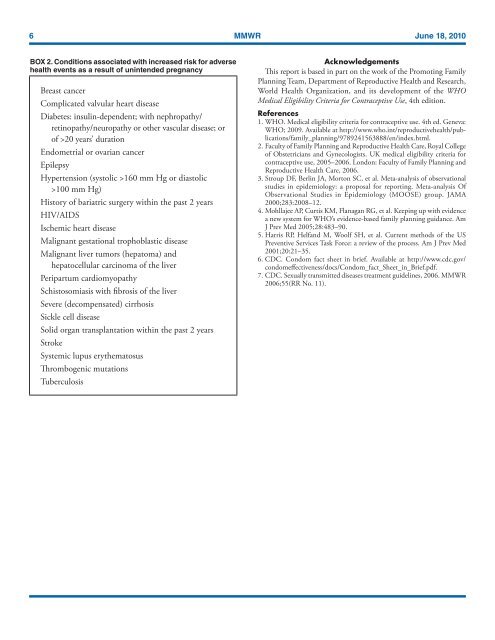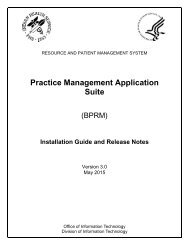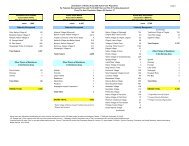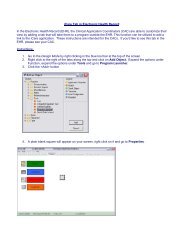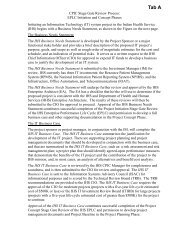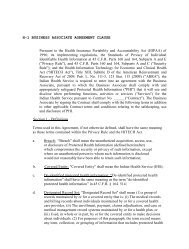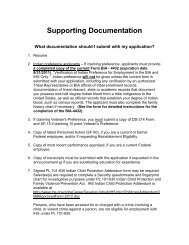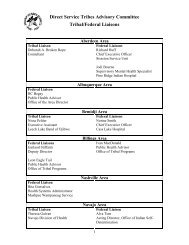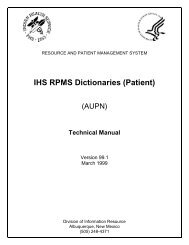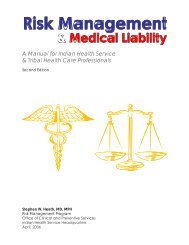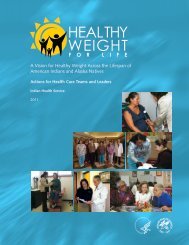CDC Article-US Medical Eligibility Criteria for Contraceptive Use, 2010
CDC Article-US Medical Eligibility Criteria for Contraceptive Use, 2010
CDC Article-US Medical Eligibility Criteria for Contraceptive Use, 2010
You also want an ePaper? Increase the reach of your titles
YUMPU automatically turns print PDFs into web optimized ePapers that Google loves.
6 MMWR June 18, <strong>2010</strong><br />
BOX 2. Conditions associated with increased risk <strong>for</strong> adverse<br />
health events as a result of unintended pregnancy<br />
Breast cancer<br />
Complicated valvular heart disease<br />
Diabetes: insulin-dependent; with nephropathy/<br />
retinopathy/neuropathy or other vascular disease; or<br />
of >20 years’ duration<br />
Endometrial or ovarian cancer<br />
Epilepsy<br />
Hypertension (systolic >160 mm Hg or diastolic<br />
>100 mm Hg)<br />
History of bariatric surgery within the past 2 years<br />
HIV/AIDS<br />
Ischemic heart disease<br />
Malignant gestational trophoblastic disease<br />
Malignant liver tumors (hepatoma) and<br />
hepatocellular carcinoma of the liver<br />
Peripartum cardiomyopathy<br />
Schistosomiasis with fibrosis of the liver<br />
Severe (decompensated) cirrhosis<br />
Sickle cell disease<br />
Solid organ transplantation within the past 2 years<br />
Stroke<br />
Systemic lupus erythematosus<br />
Thrombogenic mutations<br />
Tuberculosis<br />
Acknowledgements<br />
This report is based in part on the work of the Promoting Family<br />
Planning Team, Department of Reproductive Health and Research,<br />
World Health Organization, and its development of the WHO<br />
<strong>Medical</strong> <strong>Eligibility</strong> <strong>Criteria</strong> <strong>for</strong> <strong>Contraceptive</strong> <strong>Use</strong>, 4th edition.<br />
References<br />
1. WHO. <strong>Medical</strong> eligibility criteria <strong>for</strong> contraceptive use. 4th ed. Geneva:<br />
WHO; 2009. Available at http://www.who.int/reproductivehealth/publications/family_planning/9789241563888/en/index.html.<br />
2. Faculty of Family Planning and Reproductive Health Care, Royal College<br />
of Obstetricians and Gynecologists. UK medical eligibility criteria <strong>for</strong><br />
contraceptive use, 2005–2006. London: Faculty of Family Planning and<br />
Reproductive Health Care, 2006.<br />
3. Stroup DF, Berlin JA, Morton SC, et al. Meta-analysis of observational<br />
studies in epidemiology: a proposal <strong>for</strong> reporting. Meta-analysis Of<br />
Observational Studies in Epidemiology (MOOSE) group. JAMA<br />
2000;283:2008–12.<br />
4. Mohllajee AP, Curtis KM, Flanagan RG, et al. Keeping up with evidence<br />
a new system <strong>for</strong> WHO’s evidence-based family planning guidance. Am<br />
J Prev Med 2005;28:483–90.<br />
5. Harris RP, Helfand M, Woolf SH, et al. Current methods of the <strong>US</strong><br />
Preventive Services Task Force: a review of the process. Am J Prev Med<br />
2001;20:21–35.<br />
6. <strong>CDC</strong>. Condom fact sheet in brief. Available at http://www.cdc.gov/<br />
condomeffectiveness/docs/Condom_fact_Sheet_in_Brief.pdf.<br />
7. <strong>CDC</strong>. Sexually transmitted diseases treatment guidelines, 2006. MMWR<br />
2006;55(RR No. 11).


